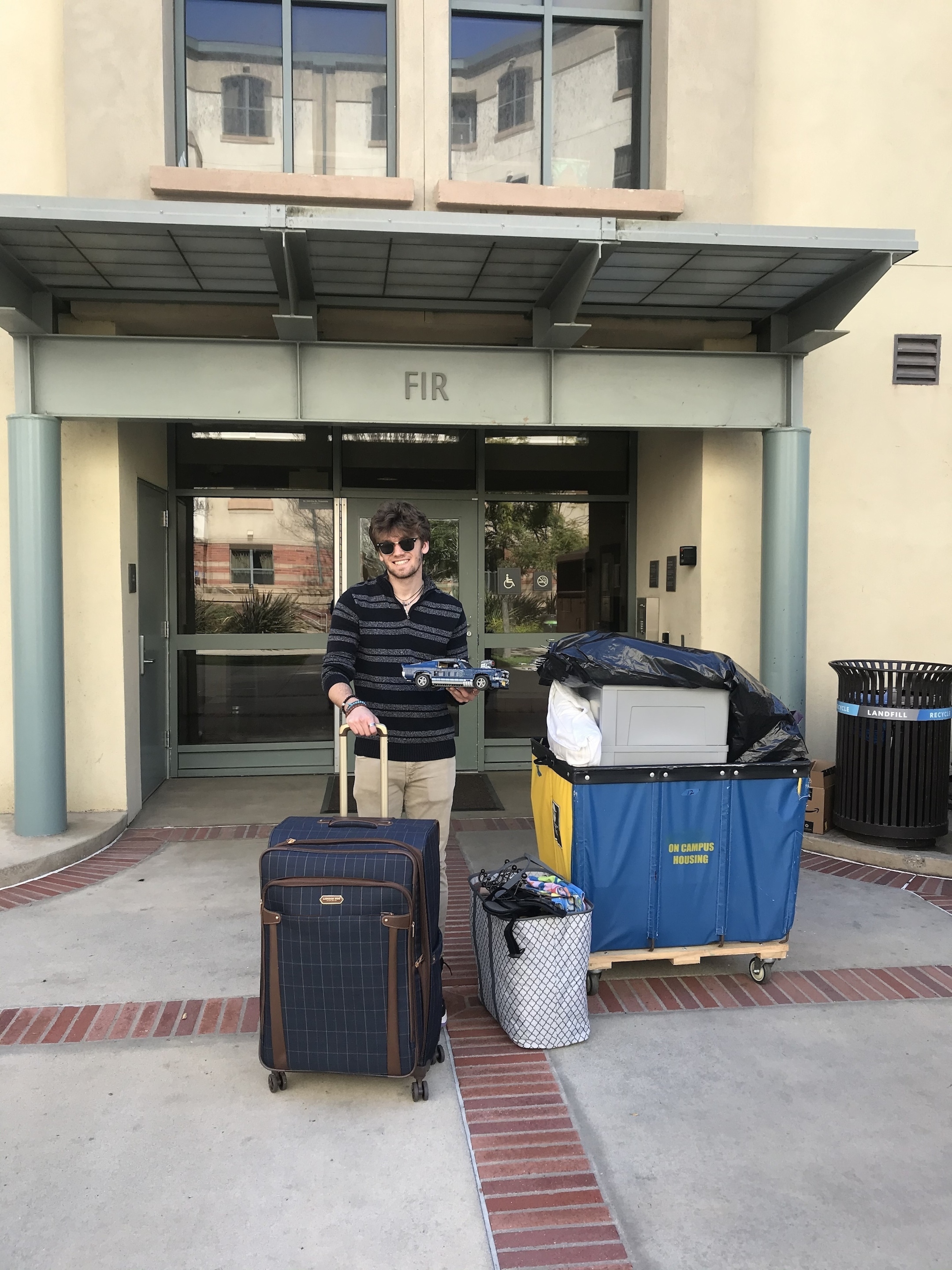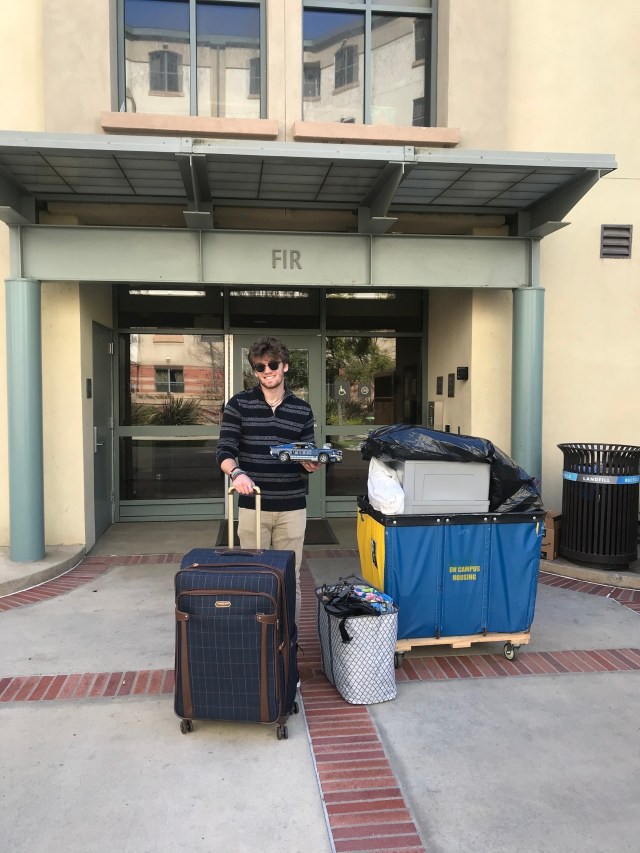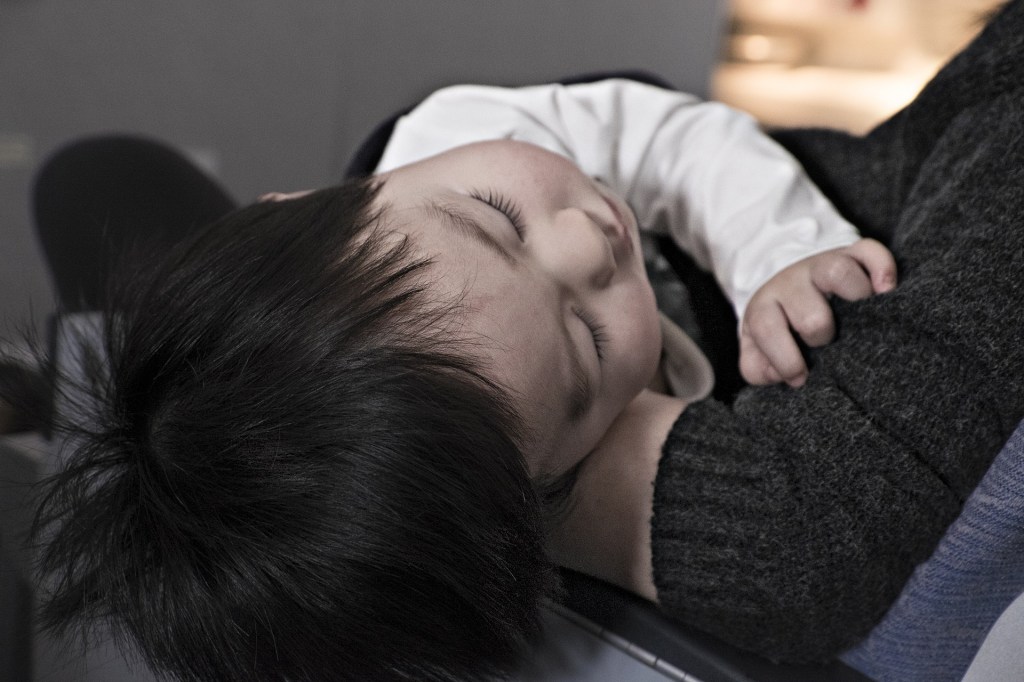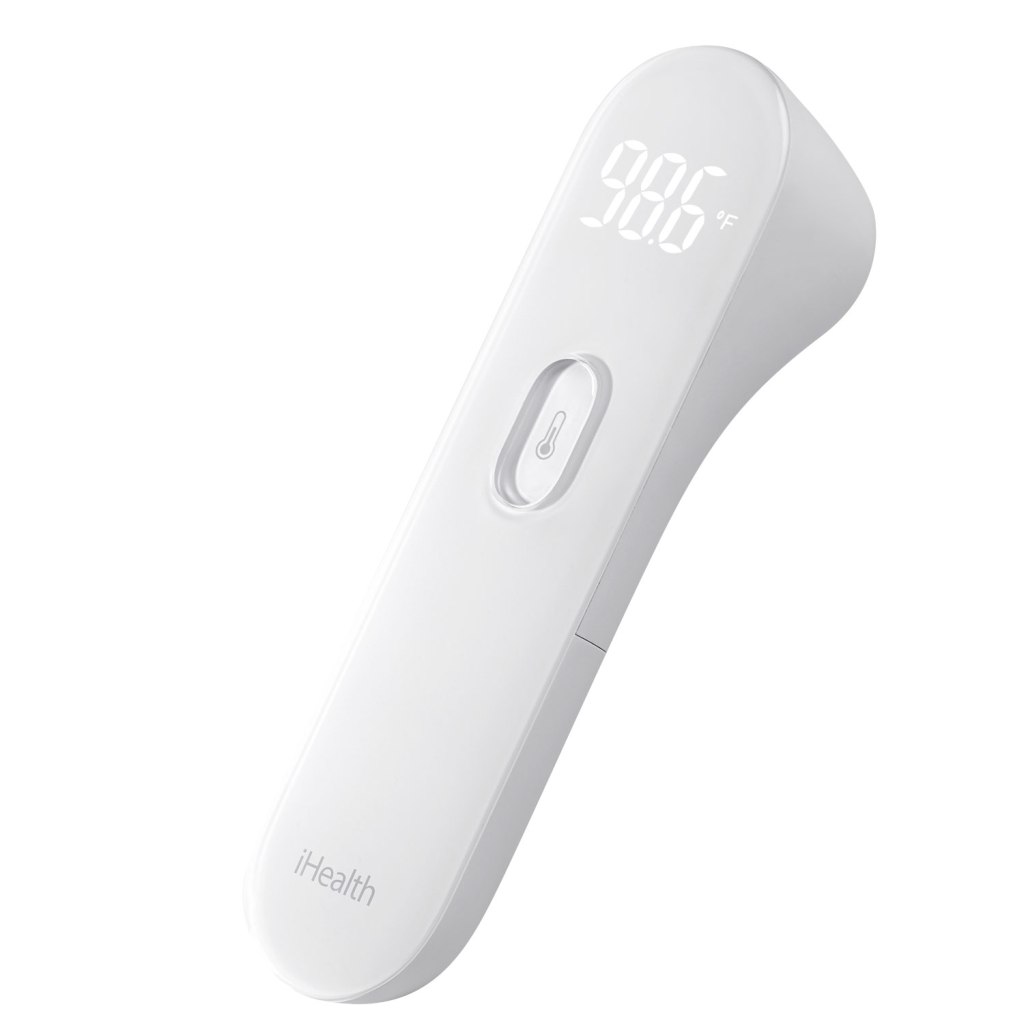
Our nest was empty. Briefly. The college girl was on the last leg of her senior year and the college boy had moved into his freshman dorm just six months ago. My husband and I were getting used to our new normal. Dinners with Alex Trebek. Lazy Saturday mornings with the coffee and the newspaper and no games or practices to get to, no one’s schedules but our own. Me crawling into my daughter’s empty bed when my husband’s snoring got too loud. No more “Shhhhh! The kids are down the hall!” during sex. We were getting into a groove. Just beginning to rediscover each other and to remember who we were before these other people came along a couple of decades ago.
And then, abruptly, that all came to an end. In a matter of a week, both kids were home. And not home like Christmas break, “Mom, I need to borrow the car to go to the mall!” home. Not like a random weekend, “I thought I’d come for a visit and maybe bring my laundry?” home. But home as in “I have to be out of my dorm in 36 hours” home.” As in “Should I wear gloves and a mask when I pack?” home. As in “But I haven’t seen my friends in months can’t we just hang out at the park?” home, and the answer is “NO! You HAVE to social distance!” home.
Who would ever have thought this is how senior year would end, and yet it has thanks to a global pandemic, and I am trying to help the girl focus on the positive: the meaningful graduation she’ll have from graduate school in two years and how fortunate she is that she already secured her letters of recommendation.
Who would have thought that all those bins and bedding it feels like we just bought at Target would be squeezed into the boy’s childhood bedroom so many months before the summer break? I am trying to give my children a sense of security in a soft place to land when the edges around me feel sharp, as I also try to figure out what all this means to my work, the non-profits I support, and my husband’s business.
Meanwhile, the television that was all mine is now shared with the boy whose main connection with friends is on PS4 battlefields, and the WiFi that worked just fine is now split between four people on four laptops in four rooms with four sets of earbuds trying to carve out business, education and creative time without the things that inspire us to do so: the interactions with loved ones that we crave or the distractions of outings to the gym, concerts, museums, the beach.
Zoom is cool and all. We’re lucky to be connected, to be able to raise our hands in a virtual meeting and to see the faces of friends who I’m sure are wearing pajamas under their sweaters and are hiding roots under baseball caps. But Zoom doesn’t offer the comfort of a long hug or sense of agreement from a firm handshake. You can’t get the feel for a room when your eyes are flitting from little square to little square featuring virtual colleagues. I rarely end one of those meetings fulfilled. But maybe it is because most of my conference calls lately have involved conversations about uncertainty over when or if postponed events can be rescheduled and at what point we should consider layoffs and furloughs.
I wonder how my kids’ professors will engage students tiled in Zoom squares, and if the opportunity to take classes pass/fail will render these next few months of virtual learning pointless. Will the asterisk that surely will sit next to the spring semesters of our student’s High School and College transcripts affect their futures? Will the internships and jobs they applied for this summer even exist? How many families will not be able to afford college next year because of changes to parent and student employment?
All these questions are making us lethargic. We take regular walks around the neighborhood, waving at people we’ve seen but never met. They smile, happy for human connection if only from across the street, but behind their eyes I see the strain of the strangeness of this time. For some, I imagine there is also relief at the break from the whirlwind of normal life, but I wonder how long that will last before they run out of energy to get off the couch, to make a meal out of canned beans and pasta, to read those books stacked in their queues. When will they actually run out of toilet paper? With four of us now at home, I realize I didn’t take the rush on the TP aisle seriously enough.
The kids make fun of our Jeopardy dinners. “You two have turned into a couple of old people,” they joke. But we put them in their place when their costly college educations earn them less-points than our decades-old bargain degrees.
Our birds have flown home for the time being, their disappointment palpable, but they are counting on us for comfort and continuity through this Covid-crisis. I line the nest with board games and baked goods. I watch their favorite movies and Netflix shows. I take MasterClasses online and set myself up to learn as they do. Clearly we are all figuring this out as we go and I imagine there will be unexpected lessons. I can only hope they lead to a new version of the future with previously unimagined possibilities.















